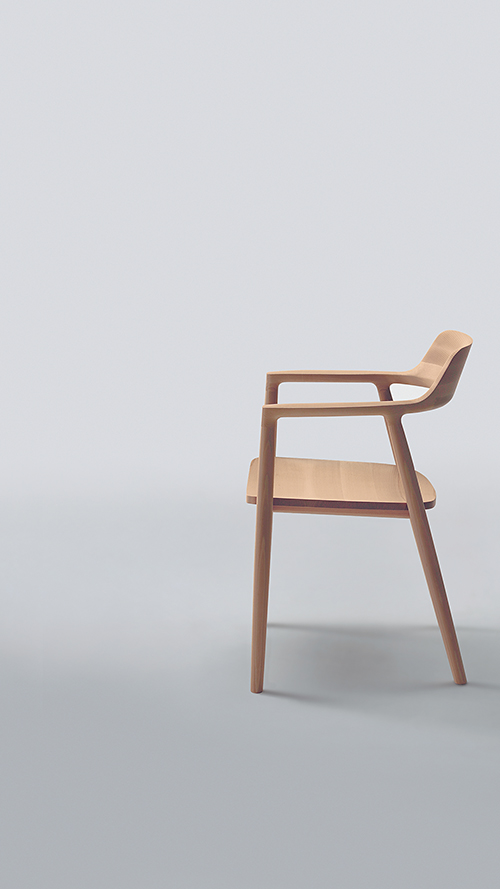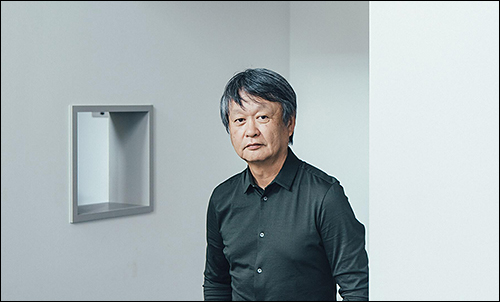Naoto Fukasawa
“As with paintings or sculptures in an art museum, whose existence is highlighted through the visual sensory organs being drawn to them by the white walls and overhead lighting acting as a backdrop, the things that we design also have a background – that chaotic thing we call life. Designing the countenance of an object is also creating an ambience that includes this background. So, we must consider our stance based on the role of the object that is designed. Light, air, scent and sound are also included in an object’s design. The object is alive.”-Naoto Fukasawa

Words by Naoto Fukasawa
“I believe that design is attributing a countenance to an object. It’s not about creating a shape. Since the countenance of an object is its natural state, it is accompanied by a given environment and set of circumstances. The presence of this object has an outer boundary. This is termed the ambience, atmosphere or context; the countenance of this object engenders the surrounding atmosphere, and this atmosphere in turn attributes a countenance to the shape.
Design evinces an object’s countenance by tracing a contour along the border of an object and that which surrounds it…. Being on the creative side of things, I try to design not from the perspective of creating something new, but rather from a viewpoint of helping people realize something that they actually knew already. That’s what attributing a countenance to an object is. It’s attributing an incarnation to an abstract, a physical structure to a soul.
I believe that it is possible to infer the inevitability of being able to see those things that should be there, from shared situations and environments. This is what drawing a contour line within a situation entails. I think you could possibly call this ‘embodiment’. When I came across the term, I realized it was what I had been doing. Incarnation; manifestation; avatar; symbol; paradigm; epitome; quintessence; expression; materialization; ideal. All of these terms are synonymous with embodiment, and they are all applicable to design.

Since the countenance of an object is in motion, its contour line is also in motion. Since the people around this object are also moving, the form that object takes is not fixed. People notice invariable traits in a form as they move. These denote universality, archetypes or quintessence….
According to this notion, archetypes transcending the individual exist universally across mankind; I understood this as meaning that perhaps there was an unconscious psychology to mutually feeling when something is good, that transcended place and time. The sensation of knowing when something is good then is an inherited trait. If this were not so, we would be unable to distinguish good from bad in terms of things we design. Putting it in simpler terms, there is a form that people admire. This is not something they just favour visually; it’s something that they feel with all of their senses. Despite not touching it, they feel it with their eyes. If the term ‘see’ is used to describe the situation where the eyes and the conscious are connected, then at the same time, the eyes unconsciously touch on the environment as a whole. That which we perceive with our eyes and feel with our combined senses is the context; and that which this comprises is an object’s perimeter, or ambience.
As with paintings or sculptures in an art museum, whose existence is highlighted through the visual sensory organs being drawn to them by the white walls and overhead lighting acting as a backdrop, the things that we design also have a background – that chaotic thing we call life. Designing the countenance of an object is also creating an ambience that includes this background. So, we must consider our stance based on the role of the object that is designed. Light, air, scent and sound are also included in an object’s design. The object is alive. People perceive its countenance the way it is because it is moving.”
